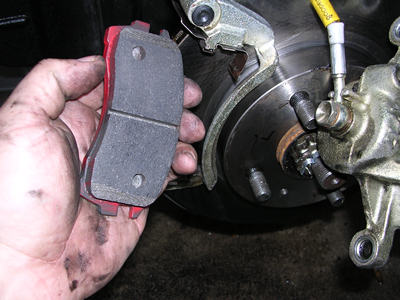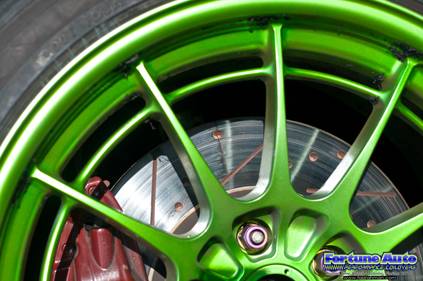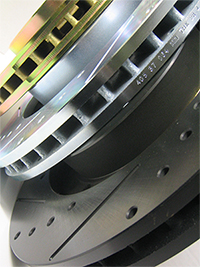
Zinc plating is a process which has been designed to fight off the corrosion of steel - the same being done with the immersion of clean steel parts into a zinc salt solution and the application of electric currents thereafter. Zinc coatings are formed around the steel, which will prevent the oxidation of the steel and will result to its protection against rust and corrosion.
The Zinc coating will serve as a protective barrier--before rust reaches the metal, it will have to deal with its Zinc protection first.
Numerous industries now actually make use of Zinc electroplating in order to further enhance the potential of their products. An example, of course, is in the automotive industry. Zinc plated brakes have become quite the trend because of its utmost efficiency and aesthetic effects...
Read More


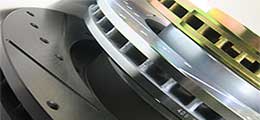

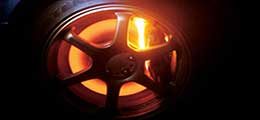
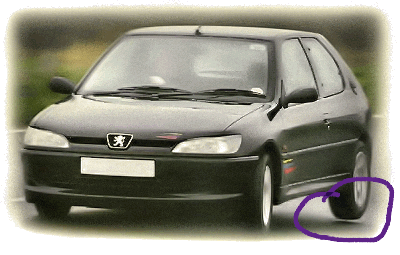 * Source: f1-dictionary.110mb.com
* Source: f1-dictionary.110mb.com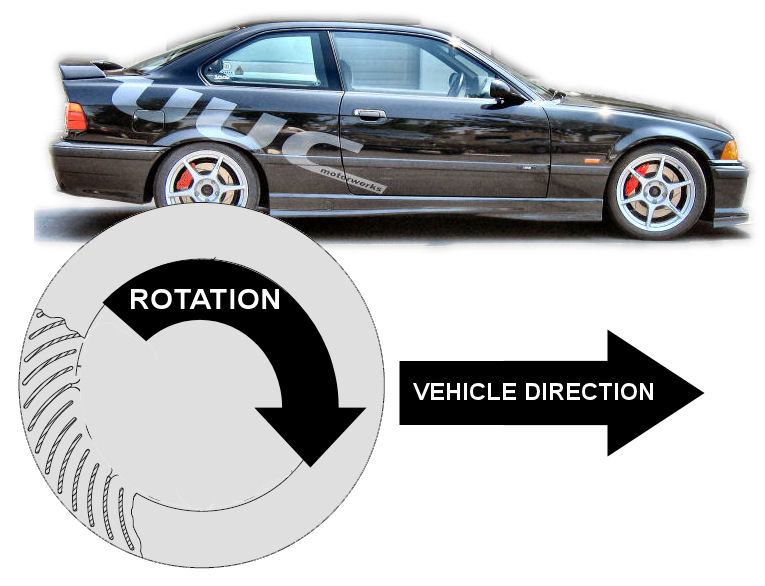 * Source: forums.bimmerforums.com
* Source: forums.bimmerforums.com